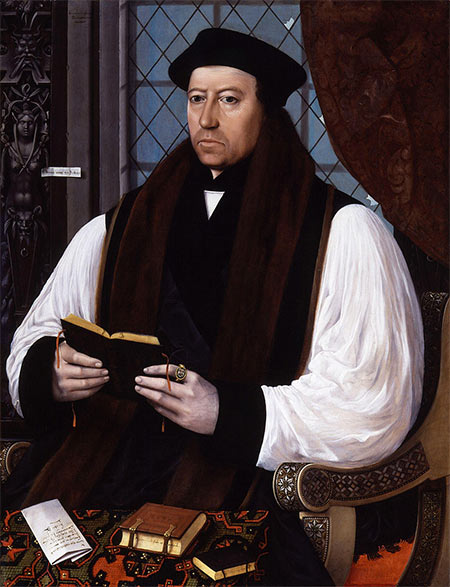Thomas Cranmer's Close Shave
Derek Wilson explores the Prebendaries Plot against Henry VIII’s reforming archbishop.

There are some events which, because they lack high drama or obvious significance, tend to receive scant attention in history books but, on closer examination, prove to have been of great consequence. The failure of Archbishop Cranmer’s enemies to ensure his destruction in the autumn of 1543 is one such. The story ends in anticlimax. The conspiracy against him had been well-planned, involved several agents and seemed to be on the verge of success. Then, at the 11th hour, Henry VIII intervened and it was all over. What has been called the ‘Prebendaries Plot’ was a flop and, therefore, has been accorded just a wry footnote in some accounts of the king’s final years. It is only if we pause to ask ourselves ‘What if’ that we truly grasp the monumental significance of Cranmer’s escape. The failure of the conspiracy bought Cranmer another dozen years of life, years that saw the archbishop set up the theology and liturgy of the reformed English church.







